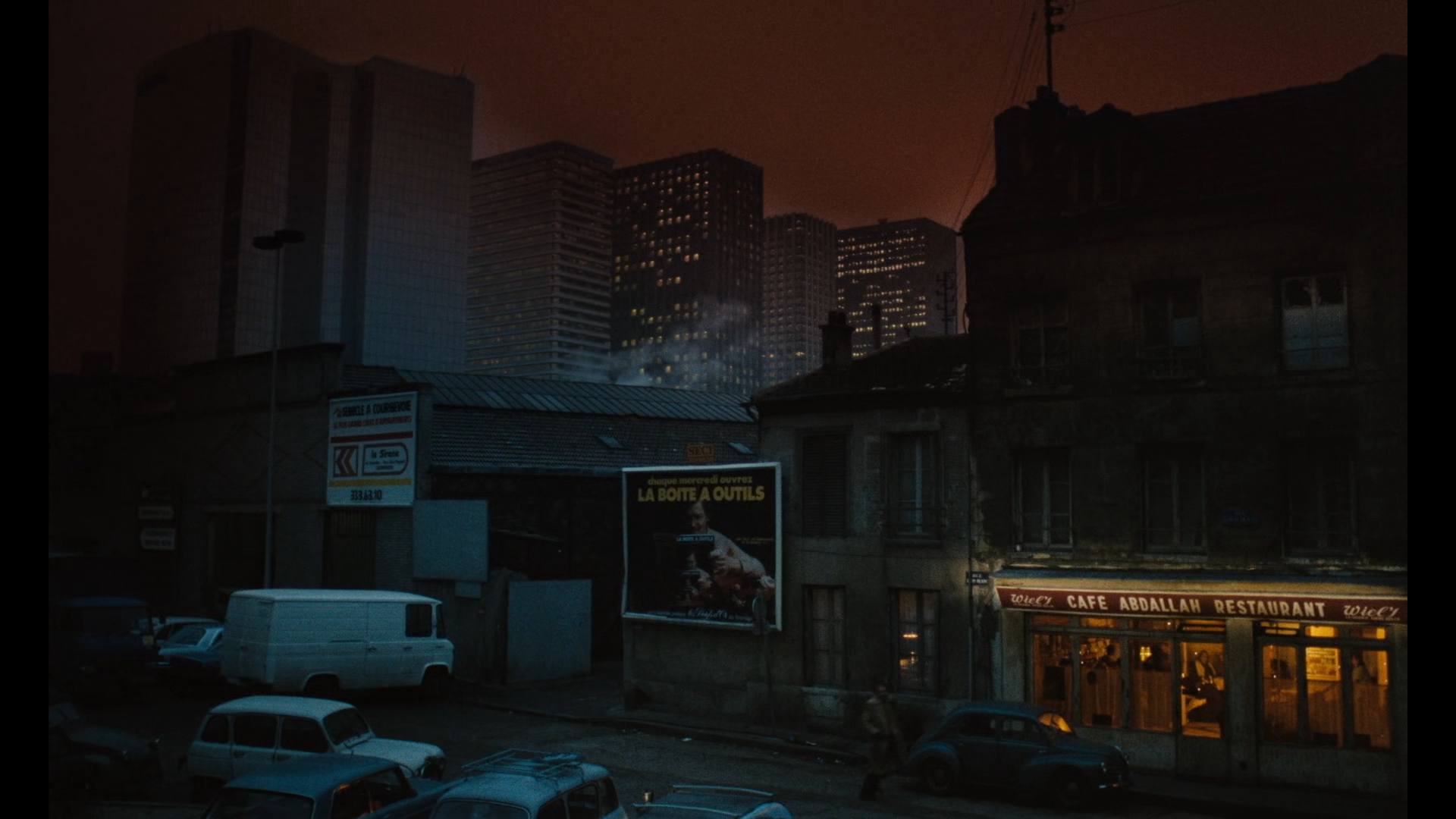MILTON RECOMMENDS - THE AMERICAN FRIEND ★ WIM WENDERS (1977)
‘There is nothing to fear but fear itself... I know less and less about who I am or who anybody else is’ Dennis Hopper improvises as Ripley, paraphrasing the inauguration address of Franklin D. Roosevelt.
The American Friend arrived at a pivotal moment in German New Wave cinema and marked a subtle reversal from Wim Wender’s previous work; after establishing his reputation as an explorer of German angst, identity and fragmentation with a trilogy of road movies centering around sensitive young men played by Rüdiger Vogler, at odds with their country’s history and a pervading post-war American culture. This film, the director’s first international production with an American audience in mind, takes the narrative of Patricia Highsmith’s novel Ripley’s Game, and mixes the genre tropes of American Noir with the urban loneliness of Edward Hopper before planting them in an exceptionally seedy Hamburg.
Taking the same narrative vein as Highsmith’s first novel Strangers on a Train, which was masterfully adapted by Hitchcock in my favorite of his films, the American Friend stars Bruno Ganz in his first major role as a reluctant hitman, and Dennis Hopper, fresh from the set of Apocalypse Now, as Tom Ripley in one of his most poetic and unconventional roles. After close to a decade of heavy drug use and unpredictable behavior, Hopper carries within him an unpredictability and unexpected sensitivity, far removed from the methodological dispassionate character of Highsmith's novel.
In specifying atmosphere over plot in a genre that is typically driven by narrative, Wenders creates something truly intangible in this loose international adaptation, the beguiling charisma of Dennis Hopper and distinctive melancholic visuals of Robby Müller all contribute to create a collaborative work by unique artists at the peak of their powers.
Wender’s casting of iconic, maverick American directors of the previous generation as the gangsters (he attempted to cast John Cassevettes as Ripley), as well as Ripley’s ever present stetson hat and the characters’ random declaiming of the lyrics of Bob Dylan and the Byrds adds another dimension to the symbol of bygone America and the inescapable influence it exerts beyond its borders and in our own minds. Ripley’s house in Hamburg, where he lives alone, is filled with American icons; his jukebox and Coca-Cola machine, the pool table and Marlboro cigarettes.
All of this intense imagery of America's myth, music, cinema and art supplanted in the alien, poetic and dislocated settings of Hamburg and Paris creates a beautiful stylised and complex study of isolation.











